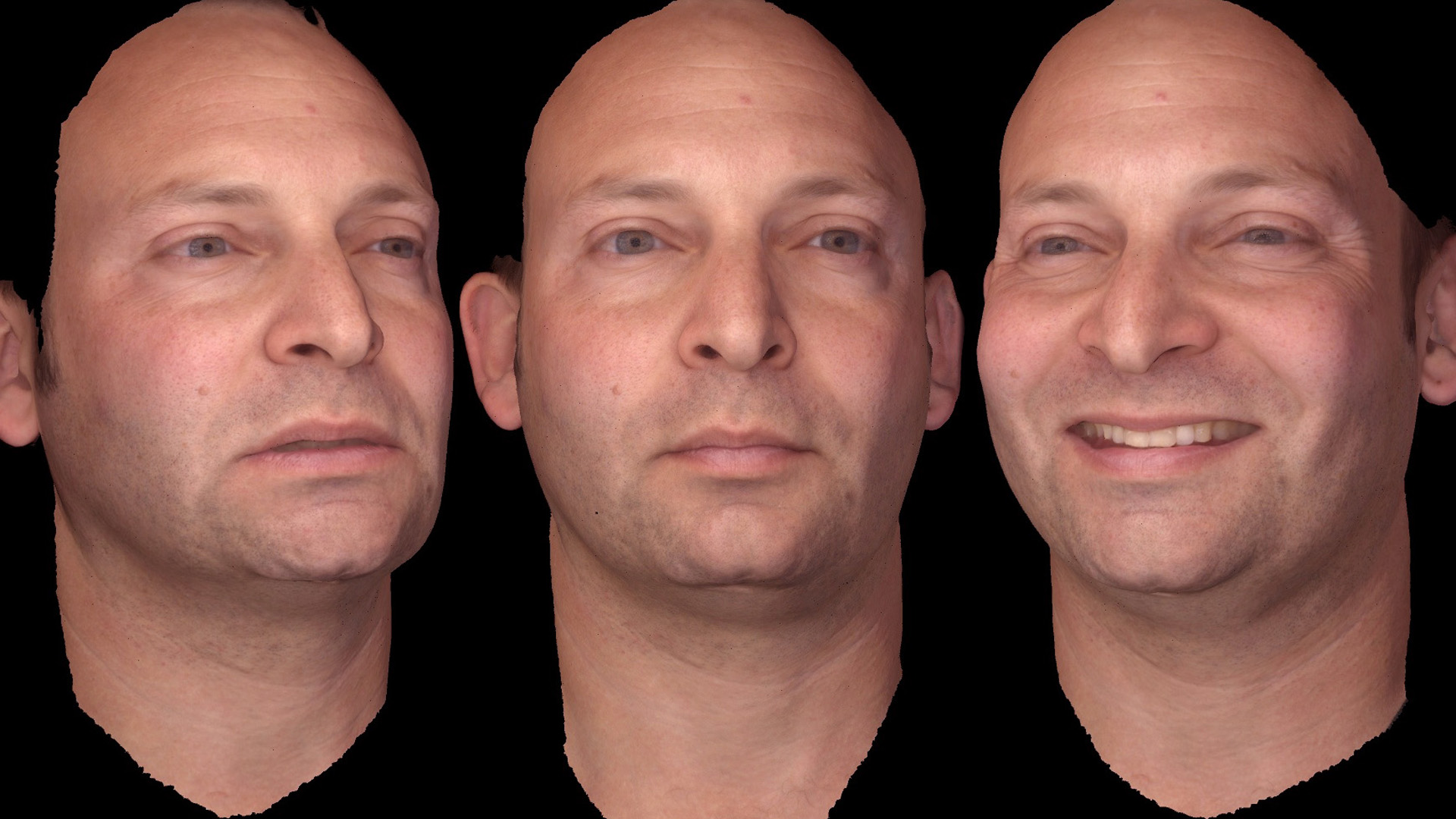“Digital Ira: Creating a Real-Time Photoreal Digital Actor” by Alexander, Fyffe, Busch, Yu, Jimenez, et al. …
Conference:
Type(s):
Entry Number: 36
Title:
- Digital Ira: Creating a Real-Time Photoreal Digital Actor
Presenter(s)/Author(s):
Abstract:
In 2008, the “Digital Emily” project [Alexander et al. 2009] showed how a set of high-resolution facial expressions scanned in a light stage could be rigged into a real-time photoreal digital character and driven with video-based facial animation techniques. However, Digital Emily was rendered offline, involved just the front of the face, and was never seen in a tight closeup. In this collaboration between Activision and USC ICT shown at SIGGRAPH 2013’s Real-Time Live venue, we endeavoured to create a real-time, photoreal digital human character which could be seen from any viewpoint, in any lighting, and could perform realistically from video performance capture even in a tight closeup. In addition, we wanted this to run in a real-time game-ready production pipeline, ultimately achieving 180 frames per second for a full-screen character on a two-year old graphics card.
References:
1. Alexander, O., Rogers, M., Lambeth, W., Chiang, M., and Debevec, P. 2009. Thedigital emily project: photoreal facial modeling and animation. In ACM SIGGRAPH 2009 Courses, ACM, New York, NY, USA, SIGGRAPH ’09, 12:1–12:15.
2. Ghosh, A., Fyffe, G., Tunwattanapong, B., Busch, J., Yu, X., and Debevec, P. 2011. Multiview face capture using polarized spherical gradient illumination. ACM Trans. Graph. 30, 6 (Dec.), 129:1–129:10.
3.Jimenez, J., Jarabo, A., Gutierrez, D., Danvoye, E., and von der Pahlen, J. 2012. Separable subsurface scattering and photorealistic eyes rendering. In ACM SIGGRAPH 2012 Courses, ACM, New York, NY, USA, SIGGRAPH 2012.
Acknowledgements:
We thank Borom Tunwattanapong, Koki Nagano, Domi Piturro, Alejo von der Pahlen, Joe Alter, Curtis Beeson, Mark Daly, Mark Swain, Jen-Hsun Huang, Ari Shapiro, Valerie Dauphin, and Kathleen Haase for their important assistance and contributions to this work. This work was supported by USA RDECOM, USC, and Activision, Inc; no endorsement is implied.




